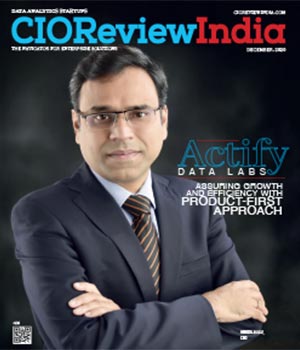
Analytics to become the Key Differentiator for Modern Apps
Rupinder Goel, Global CIO, Tata Communications | Tuesday, 05 September 2017, 05:13 IST

In today’s demanding economic environment, companies that can develop and deploy analytics quickly have a significant competitive edge. They can use analytics to detect patterns and changes in markets, learn customer preferences, be alert to fraudulent activity, and more. With the advent of cloud computing, users quickly gain access to new data sources and analytic techniques, enabling companies to finally unleash their analytics – they are no longer constrained by the limits of their on-premises computing, database platform, data warehouse, and data storage capacity. However, to avoid even more data siloes, data governance concerns, and other issues, organizations should consider a hybrid analytics architecture that brings together on premises and cloud, enabling a more controlled journey to the cloud, while enjoying the flexibility, power, and speed they need to handle a range of analytics demands.
Predictive Analytics will be a Key Differentiator for Modern Apps: Embedded predictive analytics—whether embedded in existing applications and workflows, on devices, in memory or in real-time analytics systems—will become the key differentiator for modern apps. Consumers will expect their software to anticipate their needs, driving requirements for predictive capabilities in all apps. Spatially aware apps will become more intelligent and more common – the “who is near me” functionality of apps like Waze and Tinder will become more intelligent and prevalent in other use cases. App creators looking to embed will be faced with the key question: build, buy or partner? Leading innovators will integrate existing technology to get to market the fastest.
Making Sure Your Dashboard has the Right Functionalities: Dashboards allow visual integration of complex datasets, taken from an unlimited number of sources – all displayed in visually comprehensible and intuitive formats. The flexibility needed in the dashboard interface is one that allows users at various levels to view relevant cross-organizational content, and collaborate across departments, continents, and time-lines. Without need for coding or complex IT requests, your dashboard allows you to define and manipulate views into a wide variety of display and presentation formats.
Business intelligence (BI) delivers critical performance analytics and insights to workers, empowering them to make faster and better business decisions. However, enterprise-wide penetration of BI is still surprisingly low. This is partially due to the misperceptions that business intelligence is costly, difficult to use and deploy, and slow to deliver real business value.
“Self-service BI” is shattering these perceptions. It delivers low-cost, rapidly deployed decision-support, enabling any worker, regardless of job role, geographic location or department, to work from a reliable and up-to-date set of data, presented in a context and detail level relevant to job role and appropriate to data access privileges.
With data locked away in disparate systems, when businesses require rolled-up reporting, workers must often manually copy and paste data into spreadsheets, merge and transform it with crosstabs and spreadsheet formulas, and then present the reports to business decision-makers. What often ensues is an argument over the veracity of the numbers. Organizations mired in this “spreadsheet morass” can spend more time arguing over the accuracy of the data than they spend making the required decisions. With self-service BI, data from source systems is automatically extracted, transformed and loaded into a data model that resolves conflicts. Data is regularly updated. The result is a “single version of the truth.” Users can then set aside the debate over the veracity of the numbers and instead focus on collaboration, analyzing promising opportunities, identifying root causes of waste and optimizing existing products and processes. Once departmental data silos and “spreadmarts” are eliminated, workers find that data transparency, consistency and trustworthiness help them work smarter and more effectively.
Data Visualization Integration: Data visualization forms another option of integrating Big Data with existing data warehouse architectures. This integration is accomplished through newer visualization applications as Tableau and Spot fire. In this visualization category we also encounter candidates as R, SAS or the traditional technologies as Micro strategy, Business Objects and Cognos. All these tools can directly leverage the semantic architecture from their integration layers and create a scalable interface.category we also encounter candidates as R, SAS or the traditional technologies as Micro strategy, Business Objects and Cognos. All these tools can directly leverage the semantic architecture from their integration layers and create a scalable interface.
CIO Viewpoint
Accept Data as an Entity on Balance sheet
By Akshey Gupta, Chief Data Officer, Bandhan Bank
Technology Forecast And Concern In 2020
By Anil Kumar Ranjan, Head IT, Macawber Beekay Private Limited
Data Analytics For Enhanced Productivity And...
By Krishnakumar Madhavan, Head IT, KLA
CXO Insights
Regulatory Implications and Data Protection:...
By Richa Singh
Data-Driven Predictive Technologies
By Pankaj Parimal, Head of Launch & Change Management, Hella Automotive Mexico, S.A. de C.V., Mexico, North America.
5 Mantras That Can Drive Organizations Towards...


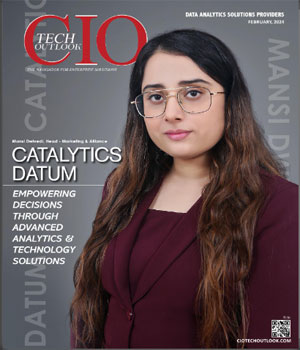

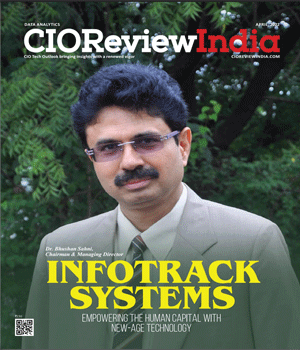
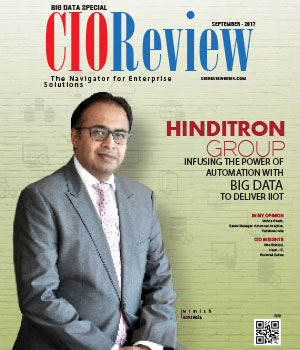

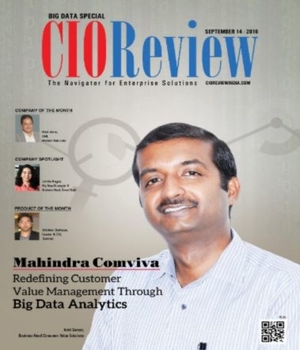
.jpg)
.jpg)
